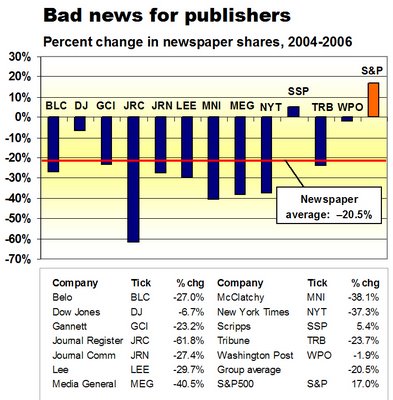161 days in jail - and counting
But Josh Wolf, a freelance journalist from San Francisco, has quietly – and prodigiously – surpassed Miss Run Amok’s unprecedented 85-day stint behind bars. Jailed for refusing to give his video out-takes to a federal prosecutor, Josh has been in the joint for 161 days – and counting.
Just like Judy, Josh has been caught in the Catch-22 that allows the feds to jail reporters protecting their sources when they otherwise would be shielded from such prosecution by the laws of every state but Wyoming.
There is no federal law to shield journalists from being compelled by prosecutors to provide information gained from sources requesting anonymity. Failure to comply with a federal subpoena can land a journalist in jail for contempt of court for the duration of the grand jury seeking the privileged information.
Unlike Judy, who enjoyed the celebrity and support attending her former status as a big-time correspondent for the New York Times, Josh is a nobody.
A self-styled chronicler of leftist politics in his mid-20s, Josh doesn’t have the prominence, money or clout to draw attention to his unjust incarceration – much less get him sprung before July of this year, when the grand jury disbands and his sentence would end. After being jailed on Aug. 1, 2006, Josh was briefly released from custody during an unsucccesful appeal. As of today, when his most recent appeal was rejected, Josh has spent a total of 161 days behind bars.
While Judy’s case was a compelling subplot in a long-running, high-profile Washington intrigue, the case against Josh is as dull as dishwater and as flimsy as a soap bubble. His offense, if you want to call it that, was to have been running his video camera during a rinky-dink street demonstration when a policeman was injured and some kids tried to set a police car on fire.
After Josh posted an edited video of the demonstration on his web site, the U.S. Attorney in San Francisco subpoenaed his unpublished tape to see if it contained evidence (which it reportedly doesn’t) of the plot to torch the cop car. Even though you would think local officials would be handling this investigation, the feds have asserted jurisdiction because federal dollars were used to buy the police car.
Remember: California law, as tested and affirmed would have shielded Josh from prosecution in this case.
So, Josh Wolf, a little guy committed to defending a mighty big principle that benefits us all, has spent half a year of his short life in jail.
Maybe it’s time for his congresswoman, Speaker Nancy Pelosi, and his colleagues in the press to start demanding his release.







